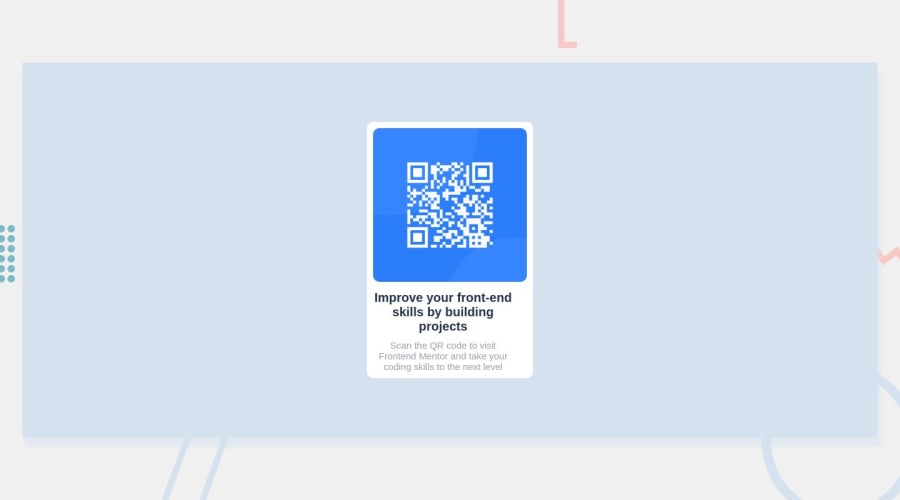
Design comparison
SolutionDesign
Solution retrospective
As I am a beginner I have find difficulty using positioning elements. Every line by line code I understand what I wrote. Yes. How Can I become a good frontend developer?
Community feedback
Please log in to post a comment
Log in with GitHubJoin our Discord community
Join thousands of Frontend Mentor community members taking the challenges, sharing resources, helping each other, and chatting about all things front-end!
Join our Discord
